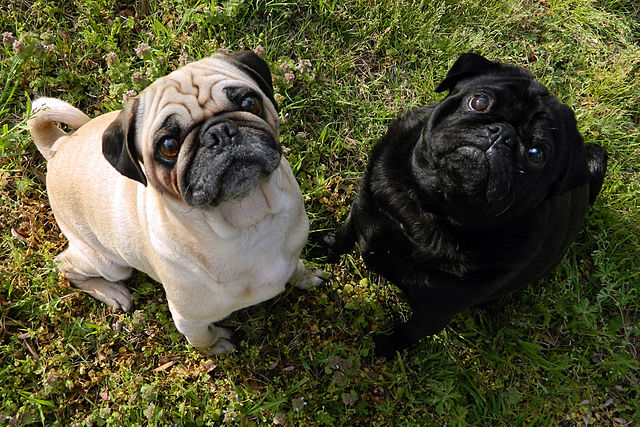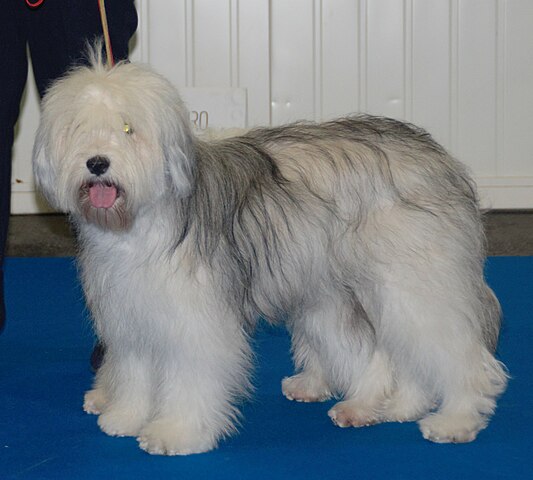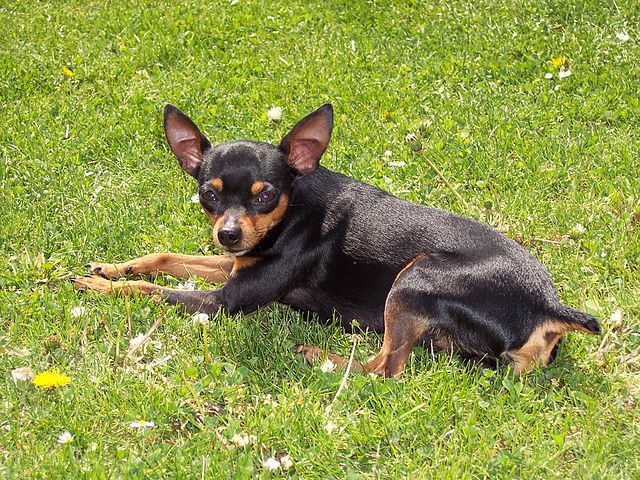A favorite among small-breed enthusiasts, the Pug is a delightful companion to those who meet his unique needs. He enjoys attention and is particularly skilled at making his owners laugh with his clown-like antics. This is a breed which loves to be with people – the more, the better. He gets along just as well with adults as he does with children, and most Pugs love meeting new people! As might be surmised by this description, this is not a breed for people who work all day and are barely ever home.
Despite their tiny size, Pugs are robust enough to play rough without getting hurt easily. This is in contrast to many other toy breeds that are much more delicate. However, there are a couple of instances in which a Pug owner needs to be extra careful. The first has to do with thorns and other prickly objects. Because Pugs have short muzzles and large, bulged eyes, it is easy for them to scratch those eyes on spiky things. It is the owner’s job to remove anything from their yard and house that might hurt their Pug’s eyes. The second thing an owner should do is to restrict any access their Pug has to swimming pools because most Pugs cannot swim and quickly drown. Placing a short fence around the perimeter of the pool is usually adequate.
While his short coat may make it seem as though he doesn’t shed, in all actuality the Pug sheds quite a bit! Banishing him outside is not an option, as Pugs are definitely not outdoor-only dogs. With their short muzzles, they can quickly overheat. They also do not do well in very cold weather. Any potential owners must be prepared to keep their dog inside most of the time!
In order to control a Pug’s shedding, he should be brushed on a regular basis. The brushing process goes very quick, but owners are advised to clean out their facial wrinkles and perform an eye and ear check with each brushing. This grooming ritual will help keep your Pug healthy and clean, and is very important.
Eating is one of the Pug’s favorite activities, so many owners find they must monitor the amount of food their dog ingests in order to keep him from getting fat. While a healthy Pug should be stocky, he should never be grossly overweight. This is where exercise will also come into play. A recommended amount of exercise for a Pug includes two separate 20 minute walks a day, as well as a good romp in a fenced backyard. Because of his small size, a Pug owner will not have to worry about running or jogging with their dog – a steadily paced walk is just fine. Take note that walks should never take place in very hot temperatures! 
When it comes to training, many Pugs delight in the process but have a hard time taking it seriously. It’s not uncommon for a Pug to “make things up as he goes”, just because he wants to see how his trainer will react. Obedience training, however, is very important. An un-trained Pug will quickly learn how to manipulate his owners, which – while it may sound cute… is not cute in reality. In order to avoid future behavior problems, a Pug should start obedience training when young.
Pugs normally love to travel in cars and are happy to accompany their owners wherever they are going. This is not surprising, as people are a Pug’s very favorite thing! Potential owners must take care, however, to never leave a Pug in a car alone.
Mostly because of their undershot bite (although there are other factors as well), Pugs generally don’t have the healthiest of teeth. While tooth brushing and providing safe chews can help minimize the problem, Pugs may require surgical cleanings throughout their lives. Support your Pug’s dental health with appropriate chew toys such as Benebones – https://amzn.to/410F5TG
Affiliate Disclaimer
As an Amazon Associate, I earn from qualifying purchases. This means that if you click on an affiliate link on this site and make a purchase, I may earn a small commission at no additional cost to you. Rest assured that I only link to products I have used, or use on a regular basis, and trust enough to recommend them to you!



